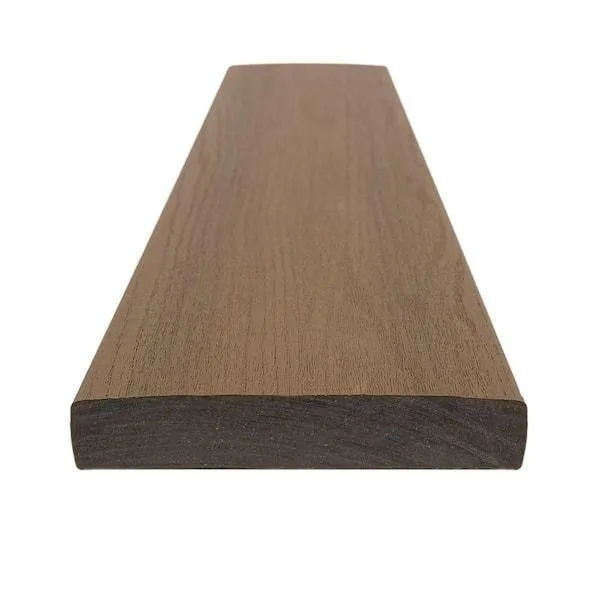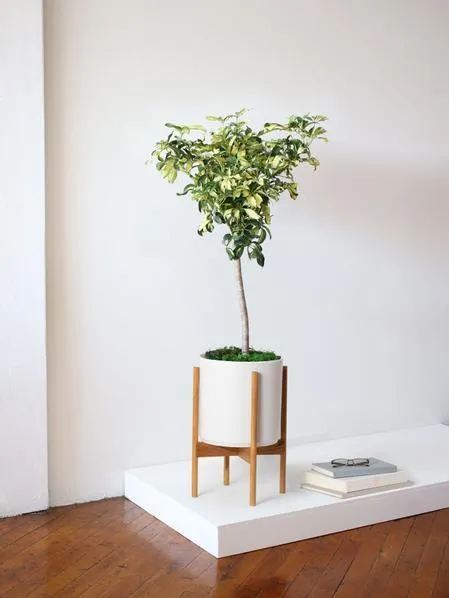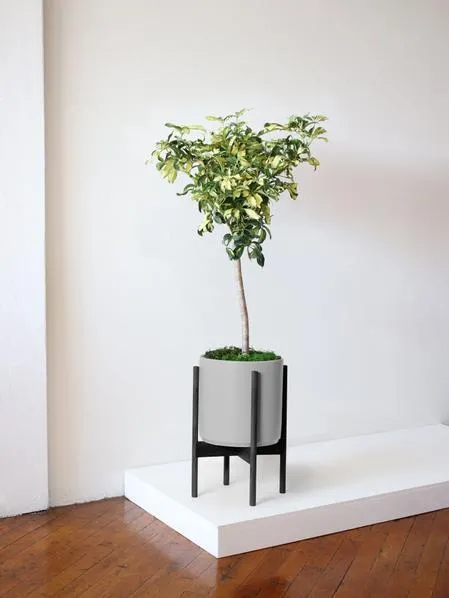What Does “Verrigated” Mean and Why Would Someone Search For It?
A user’s search terms can indicate different intentions, so let me try to unpack some possible reasons someone may have looked up the word “verrigated.” As an art historian and former teacher, I’ve encountered variedscenarios where this unusual term could come into play.
Definition of “Verrigated”
First and foremost, they likely want to understand what “verrigated” means. To break it down, “verrigated” is an adjective describing something that is marked with streaks or stripes of a different color or colors.
- The root word is “verruca,” meaning “wart” in Latin.
- When combined with the suffix “-ate,” it relates to having characteristics of something.
- So “verrigated” essentially means “having a warty or streaked appearance.”
In common usage, it’s usually applied to describing the marbled, streaked patterns that can appear in certain materials like marble, wood, or animal fur. From an artistic standpoint, it evokes the imagery of subtle color variegation.
Researching Art Terminology
A second potential reason for the search could be investigational – someone researching art terminology came across the unusual word “verrigated.” As an art historian, I’m familiar with stumbling upon obscure descriptors. People study visual arts and want to expand their vocabulary, so an unfamiliar term piques their interest to learn more.
Specific Artwork or Material
Another possibility is the searcher encountered “verrigated” while looking at a particular artwork, material sample, or design pattern up close. Upon noticing the blended color striations, they sought the precise description. I’ve been in museum galleries where patrons snapped photos of striking details to research later.
Home Renovation or Craft Project
It’s also feasible someone was involved in a home renovation or crafting endeavor involving a verrigated medium. From personal DIY experience, specific material attributes sometimes require tracking down obscure technical specifications. Perhaps they were selecting verrigated stone, flooring, or fabric and needed the terminology defined.

Zoology or Botany Inquiry
A final theory relates to zoological or botanical studies. “Verrigated” could apply when examining wild animal pelts under magnification or inspecting marbled plant varieties. As an avid gardener, I understand the desire for plant nomenclature. So the searcher may have come across the word during a wildlife, entomology or horticulture investigation.
In any case, the takeaway is determining an unusual search query’s context and possible user intent can provide valuable clues. By analyzing the motivation behind an unfamiliar term, greater understanding may emerge.
Real-World Examples of Verrigated Materials and Designs
To bring this discussion to life with tangible references, here are some real-world cases showcasing uses of the “verrigated” descriptor:
Animals with Verrigated Fur Patterns
Certain wild cat breeds like the tabby exhibit subtle variations in stripes across their coats. Under a loupe, the striations blend in a subtly verrigated appearance. Meanwhile, the rare King Cheetah of southern Africa sports a vividly verrigated pelt dispersing solid patches of color.
Marbled Plant Varieties
As an avid gardener, I’ve grown verrigated caladium and coleus cultivars prized for their rippled, vein-like patterns. One caladium called ‘Florida Sweetheart’ boasts red-pink splotches verrigated on heart-shaped leaves. It’s truly a stunner! Meanwhile, variegated monsteras display streaks within their distinctive fenestrated foliage.
Stone and Mineral Samples
Various marbles, onyx, and agates found in geology collections showcase intricate veining that’s verrigated to varying degrees. Pietra dura inlay work in historical architecture also employs verrigated motifs. Even bathroom countertops cut from verrucano flagstone can have a rustic verrigated character.

Textile and Surface Patterns
From woodgrain and particleboard to hand-crafted baskets and handwoven textiles, verrigated designs add natural beauty. I’ve seen shibori-dyed silks with dispersed watermarks and ikat fabrics where warp threads create gradual verrigated transitions between hues. It inspires appreciation for subtle expressions in artistry and nature.
Interior and Exterior Features
In terms of architecture, copper roofing patinas develop a handsome verrigated sheen over time. Meanwhile, rustic siding like weathered barn boards often gains texture from verrigated discoloration across the grain. Even a simple stacked stone retaining wall can take on a striated personality as individual rocks weather variably.
As you can see through these assorted examples, variations on the “verrigated” visual aesthetic pervade both natural and man-made realms stretching from zoology to design. It’s one of nature’s subtle tricks for infusing interest through scattered irregularities.
Bringing It All Together
To summarize this broad discussion, here are a few key takeaways on exploring what could motivate an online search for the specific term “verrigated”:
- Defining an unfamiliar word was likely the primary intent to gain understanding.
- The context could relate to art, architecture, materials, botany, zoology or crafts involving verrigated characteristics.
- Real-life examples showcase usages across natural and human-made applications incorporating variegated patterns.
- Deeper analyses of obscure search terms can yield insights beyond initial definitions.
In closing, I hope unpacking potential meanings and reasons behind “verrigated” through this in-depth exploration has satisfied the original searcher’s curiosity. Let me know if any other tangents or related questions emerge! Following meandering question trails is what makes teaching and learning an enjoyable adventure, yeah?
Important Factors to Consider When Choosing a Used Car
| Factor | Description | Things to Check |
|---|---|---|
| Mileage | Higher mileage means more wear and tear on components | Service records, overall condition |
| Age | Older vehicles may need more repairs over time | Recent repairs/services, common problems for that year/make/model |
| Crash History | Prior accidents can cause lingering issues | Carfax/vehicle history report, body panels/alignment |
| Maintenance Records | Shows if regular upkeep occurred | Oil change stamps, receipts for tune-ups/services |
| Vehicle Recall History | Any outstanding recalls need attention | Check manufacturer website for recalls |
| Mechanical Inspection | Reveals problems not visible to naked eye | Take to independent mechanic before purchase |
FAQ
- What exactly is verrigation?
Verrigation is basically a process where rocks become rigid and form into a pattern of ridges or furrows that resembles vertebrae. It’s caused by the natural erosion and weathering of certain types of hard stones over long periods of time during changes in temperature.

- How common is it to see verrigated rocks?
You may not notice verrigated rock formations all that often, but geologists claim they’re actually fairly frequent depending on the area. I saw some pretty awesome examples once during a hiking trip through Vermont that sure looked like stony spines! Still, most folks just pass them by without realizing.
- What causes a rock to verrigate?
The main triggers appear to be repeated hot and cold temperature variations over thousands of years deep cracks in certain hard igneous rocks like granite or basalt. The thermal stress causes these fissures to widen into patterns of parallel ridges. Water also plays a part, seeping into joints and freezing to exert pressure during freezing events.
- Is verrigation something that still happens today?
Good question! It seems verrigation is indeed an ongoing geological process, not just something from ancient history. According to geologists, you can still observe new cases forming very gradually in appropriate rock exposures subjected to our ever-changing climate. Talk about slow TV – it would take ages for humans to notice the development!
- What other types of unusual rock formations are out there?
Gosh, the rocky planet sure delivers some amazing scenery! In addition to verrigated varieties, rockhounds have spotted pretty neat twisted spirals, weird mushroom-shaped hoodoos, bizarre piled talus, and maybe even stone circles like Stonehenge that sort of make you wonder, you know?
- Are there any places renowned for their verrigated rocks?
As a matter of fact, yes – one location that pops up often in geology books and internet discussions is a site in Rhode Island’s National Parks Coastal Reserve. Hikers report seeing columns and sheets of it scattered across the beaches there. I’d love to check that out sometime if it’s as stunning as they claim.
- What can we learn from studying verrigated rock formations?
Examining examples of this process could potentially offer clues about past climate trends over the very long run. The patterns may also provide info on subsurface faults and joint networks not evident on the surface. So in a way, verrigated rocks act as records from which scientists can kind of reconstruct environmental history dating back thousands or millions of years, neat huh?

